The first part of our analysis in to the opportunities and threats facing the overall Australian wine category focused mainly on the challenges it has convincing wine drinkers to spend more on its commercial wines. Here we widen the debate to look at the potential it has in the on-trade, and what steps it needs to take to have a more credible and better understood fine wine offer.
When Negociants UK pulled together a panel of industry leaders – from very different parts of the trade – to analyse the threats and opportunities facing the Australian wine category it probably did not bank on uncovering such a wealth of insight and analysis that it ended up being more like a free business management exercise for Wine Australia.
It was just as well Brian Walsh, chairman ofWine Australia, was there, to not only share his own wisdom and thoughts, but to take away some real learnings on the practical trading challenges – and potential – that Australia has in the UK market place. It also proved the ideal platform to hear first hand the wider global strategy that the Australian wine industry has to grow and develop its wines in both mature and emerging markets around the world.
Joining Walsh on the panel was Negociants UK’s managing director, Simon Thorpe MW, Berry Bros & Rudd’s chief executive, Dan Jago, Neil Bruce, head of wine at the brewers and pub chain, Fuller’s, Lulie Halstead, chief executive of consumer insights business, Wine Intelligence and chaired by The Buyer’s Richard Siddle.
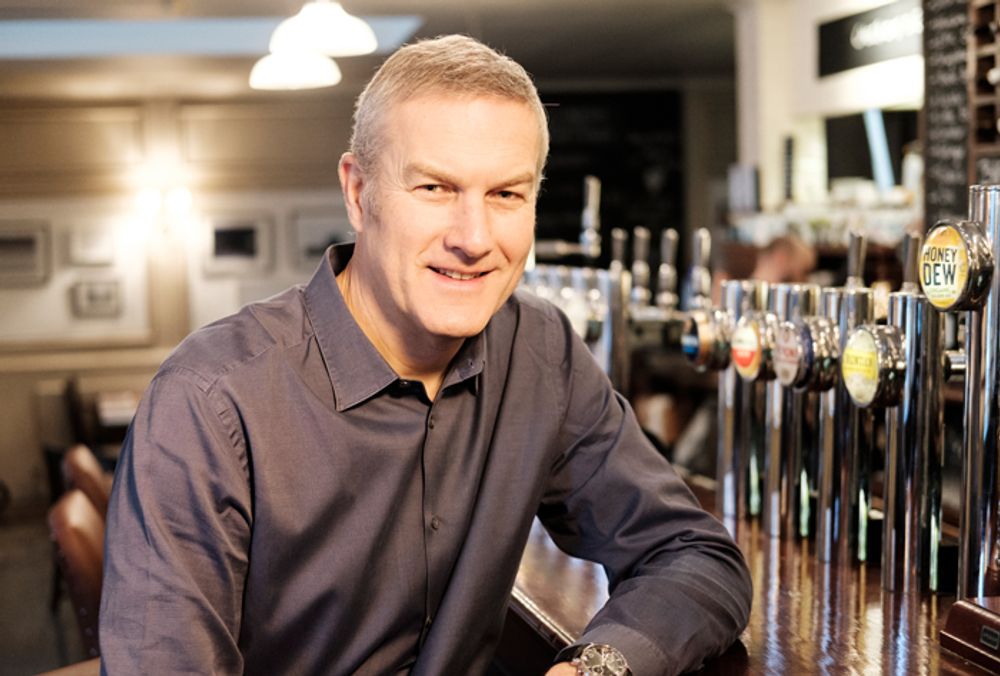
Fuller’s Neil Bruce believes Australia is well placed to build on its just above entry level pricing and capitalise on its “sunshine in a glass” imagery.
The second part of our analysis of this fascinating debate kicks off with an assessment of how well Australia is doing in the wider on-trade. For Neil Bruce that meant also keeping an eye on the trends in the mainstream off-trade, for whatever wines are selling well, or not, in the major supermarkets will have a direct bearing on the kinds of wines that should be appearing on wine lists of national pub groups like Fuller’s. How consumers get to understand the category does then have a bearing on the kinds of wines they will want to buy in bars, pubs and restaurants, he said.
He reflected on the fact that total wine volumes in the on-trade are down, by what he estimated to be around 5% to 7% in Fuller’s, with Australia performing a little worse with around double digit volume losses.
But things are a lot more upbeat than in the retail sector, he stressed. “Average margins are good, average turnover is good, anything with a pound sign in front of it is positive.”
It is also easier to plan and set your own course in the on-trade. “It’s not a promotion or discount type of market. We don’t have deep discounting. Whatever price a bottle of wine has on the list, that’s its price proposition,” he explained.
Compared to the retail market where there is a big question mark over wines that sell at £6 to £8, that’s “where things start getting interesting in the on-trade,” said Bruce.
The good news for Australia in the on-trade is that it sits above, albeit it just, entry level pricing and can move upwards from there, he added. But it is competing at much more the volume end of the market. “The sunshine in a glass” imagery is strong, but it’s also hard to push Australia much higher than that in the main pub category, he said.
Redefining Australia
Dan Jago returned to what he sees as a continued shift towards a “less but better” model for wine and how Australia is going to respond and be relevant in that market.
He asked: “How is Australia going to move from an industry that is fundamentally and culturally and historically built on volume and growth and sales, to a market that is built on scarcity and individuality?”
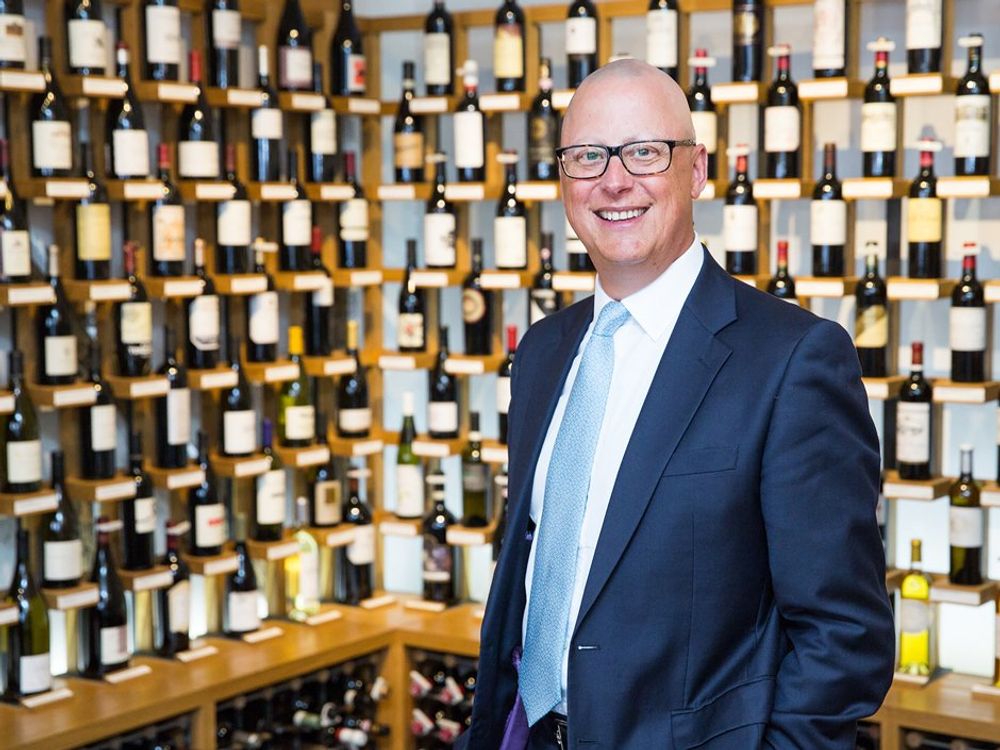
Australia needs to work harder to make sure it is part of the drive towards “less is better” wine drinking, says Dan Jagoe
Jago added: “It needs to be more partisan about this bit of dirt, resurrecting old vines, and start going back in history and say what are we unique for, rather than it being about this constant pursuit of the volume in the category and this relentless drive towards market share.”
He referred back to the point raised by Negociant’s Simon Thorpe in Part One of our analysis that Australia would be much better off its number one market share if it meant it had a more sustainable offer. “Simon’s right. Be ambitious to get down to 15% of better sales feels counter cultural for Australia but it is the right ambition as Australia moves this way.”
Walsh was quick to counter, stressing a great deal had been done over the last 10 years to research and analyse plots of land and understand its soils and terroir better. Ironically, he stressed, there are “probably only around five to 10 of its 3,000 producers that are involved in that drive for volume ambition.” The rest are actually “aspiring” to drive higher priced, site specific wines.
Its challenge was to find a way in which it can articulate to different audiences, buyers or customers what each and every one of its 65 different wine regions can do. “We have to narrow that down and might find that five to 10 regions rise to the top. We could even say that Barossa is our Bordeaux, Yarra is our Chablis, Tasmania is our New Zealand. Those type of things may help to bring more awareness,” he said.

It will take a long time for Australia to move its position in the UK, but it is determined to do so, said Walsh
But don’t place your bets too soon on Australia changing its business model on its head. This is very much a long term game, stressed Walsh. “We wont’ see significant change in our working lives,” he claimed. “But we are hoping Wine Australia can build the foundations that future generations will embrace.”
One thing’s for sure, the wine isn’t the problem, he added. “We don’t have a problem with our wine. We can over index with all sorts of styles and prices. It is an image issue and we have to keep presenting ourselves with a new face and hopefully over time that will pick up. Maybe we need something to be the next Prosecco to help drive sales.”
Fine wine dilemma
If it is to succeed in trading the entire Australian category up, then Jago believes it needs to do far more about making the case for real fine wine from Australia. At the moment there is not the same level of buzz, excitement and knowledge about true fine wine from Australia as there is from other countries.
But if it can there is a huge opportunity as there is such phenomenal demand for fine wine from all over the world. A demand that it is becoming increasingly difficult to meet, simply because there are more potential buyers, collectors and enthusiasts than there is fine wine to supply them with.
He explained: “Our problem is lack of availability of fine wines around the world. We just can’t get enough of them. The growing base of consumers seeking the best wines is expanding at phenomenal rates.. In our offices in Hong Kong, Singapore and Tokyo we are seeing this on a daily basis. People want access to the best wines. Burgundy is now basically available. You can’t buy it unless you have been buying it for the last10 years.”
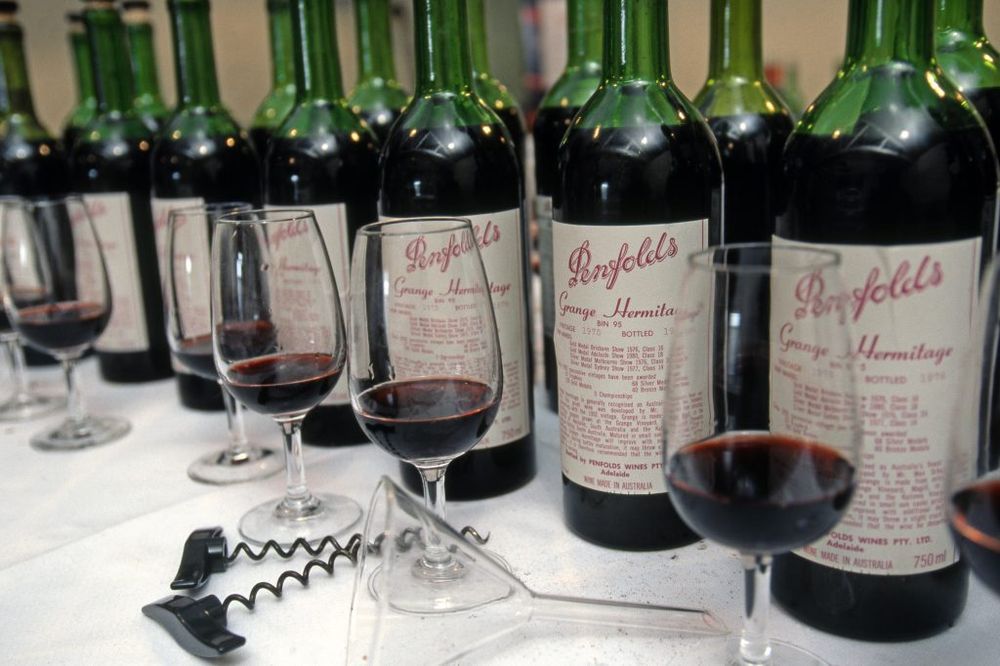
Australia needs to do a much better job in pushing its fine wine credentials to serious wine collectors beyond a few well known names like Penfolds, said Dan Jago
But it’s not just a case of saying you have fine wine, you have to tap in to what “constitutes desirability amongst fine wine collectors and to become part of that”. Get that right then you become part of the “pyramid that helps pull everything else up,” explained Jago.
“Australia has still not got its shit together around what makes fine wine really desirable for collectors, people who are prepared to spend money on wine, hang on to it, drink some of it, sell a bit of it, create a second market for it and that’s really quite exciting as the world is running out of the stuff. Three years ago would have said there was enough Bordeaux and it was never going to be a problem. Now producers are holding back wine as they can see the opportunity,” he added.

Simon Thorpe says it is good to know there is a such a big market for icon wine as he believes Australia is well placed to play its part. Kit Oates Photography
Thorpe agreed. “There has never been so much demand for icon level wine. Which is wonderful as it makes a business like ours think, right, there is an inate demand, so it’s not a problem with Australia. It’s more a case of thinking how do you leverage that?”
But how do you also get more of those people who are already happy to spend £10 on Australian wine to buy them more often and at higher price points, asked Thorpe.
For Jago it is about “uniqueness, scarcity, interest, excitement, stories and personality” if you are to convince a consumer it it is worth paying more. The added value. “Just saying double barrel fermented does not work.”
Bruce said it is looking to reboot the Australian category by focusing more on its regionality and bringing in small quantities of wines that really showcase how different varieties really perform in parts of Australia. LikeRetherglen Muscat, coonawara valley Chardonnay and Pinot Noir, a McLaren Vale Grenache,
“We want to bring it to life more with a visual, pictorial, graphic sense and show there is more tothe regionality of Australia,” said Bruce. Wines that it can push in its more foodie-driven pubs which can be on a list at anything from £30 to £60. “It might be a push for New World, but if we don’t list them, we won’t sell them.”
New World challenge
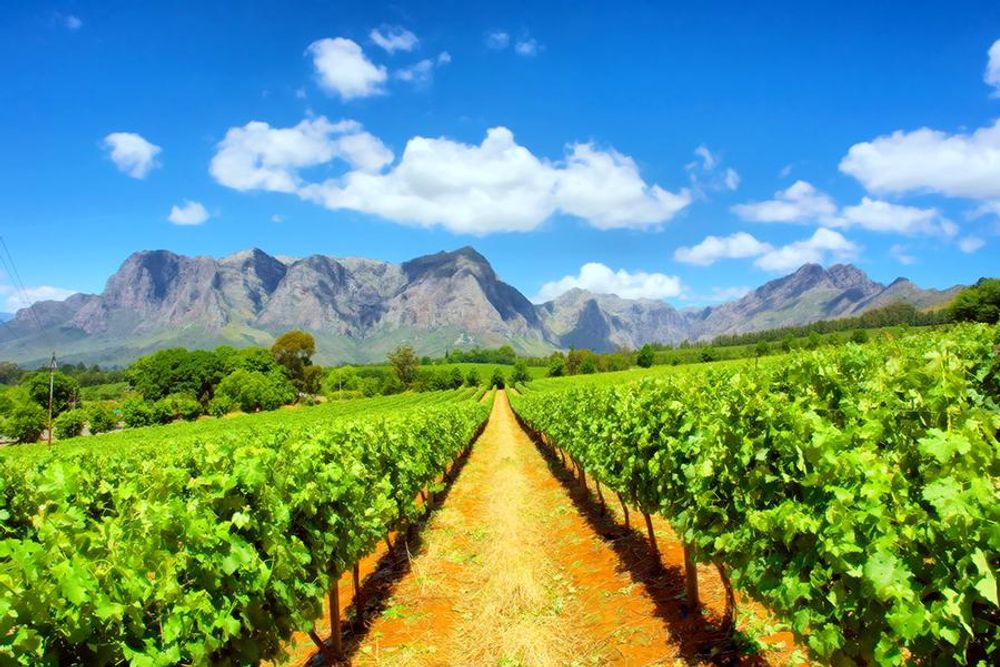
Australia would do well to look closely at how South Africa has created a real energy and excitement around its fine wines, said Dan Jago
Australia is not alone, added Jago, in the New World for having “been created and founded on volumetric production” who are now “all trying to re-invent themselves as a place that is able to produce finer and more interesting and unique wines”. Chile and Argentina, for example, are both working hard to promote wines with a sense of place and that are vineyard specific.
It is, though, South Africa, that Jago points to as being a potential example for Australia in how it has been able to create almost a new fine wine category of its own. “We comfortably sell out on allocation of Eben Sadie wines for up to £100. That’s all happened in the last five years. Australia has the potential to do the same thing, it just need to find its metier.”
Much of that vibe and excitement around South Africa is about the personality of the winemakers themselves who, as Jago said, have “worked hard to be the cool kids on the block and are more hipster than anyone who lives in Hoxton”. But equally they are also “very integrated” and “support each other” and sell the same message. Very much how the Australian wine industry used to behave before it has become a lot more fragmented and ]
Pricing ladder
Another big issue for Australia and particularly its brand owners is how do they do a better job in getting customers to buy wines at different price points under the same brand name. For Jago the jury is well and truly out on that.
“Very few people have proven that the brand ladder works. The brand ladder doesn’t seem to have crediblity,” he claimed. “In fact the reverse of the brand ladder with something like Treasury’s Penfolds which has, in effect, trickled down, rather than built up and those that have tried to build up have found it extremely hard to do.”
The difficulty for Australia as a whole is that its biggest brands that “are strong in the eyes of consumers and have done a great job in marketing themselves” are also “Australia’s own worst enemy in that they are so successful at providing great juice at the right price it is holding back development opportunities for other people,” explained Jago.
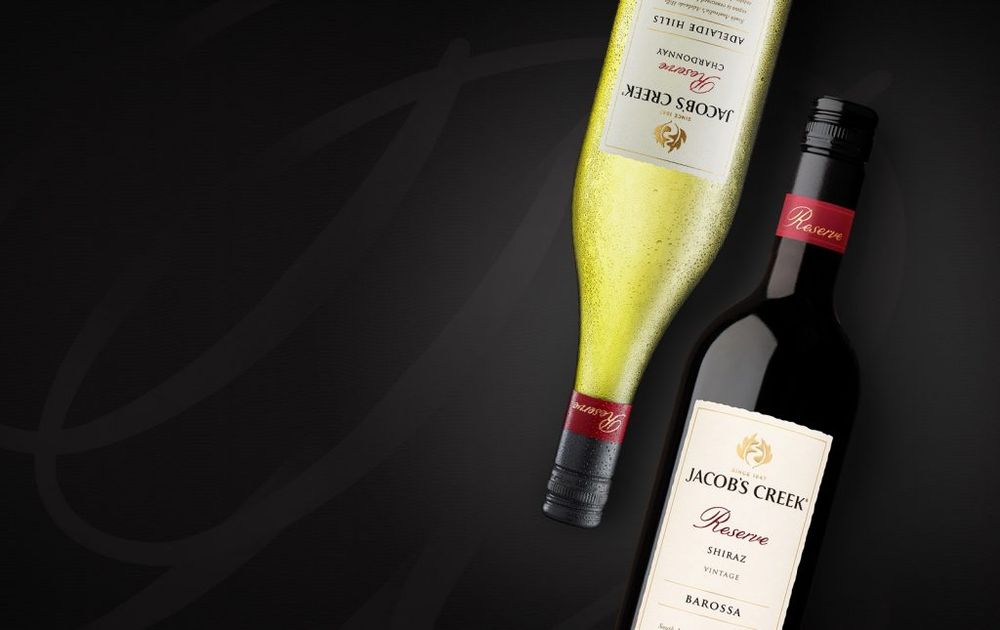
Brands like Jacob’s Creek have struggled to push consumers up its pricing ladder, said Neil Bruce
Bruce agreed and said you only have to look at the difficulty that retailers and operator have trying to sell a brand like Jacob’s Creek where you might have fantastic quality at reserve level, but “they are impossible to sell because consumers have been spoon fed up to £5.49 and filling their boots. but try and get them to spend £7.99 on something that is worth £10.99, then talk to the hand”.
Lulie Halstead at Wine Intelligence said it was noticeable that in other drinks categories be it cider, craft beer or craft spirits that new brands have been able to come in at a premium price point where they have been able to demonstrate they have those qualities of “craft, artisan, people and place”.
“They have managed to move beyond getting stuck in the volume, and price driven end of the market,” she said.
Jago and Bruce again pointed to the lack of any real pricing ladder within the mainstream spirits categories where brands like Gordon’s Gin and Smirnoff have not been able to push those brands up to higher, more refined pricing areas.
Bruce also made the point that the on-trade, outside of Champagne, is essentially a non branded market in any case. “Pinot Grigio, Prosecco, Chablis, Rioja, those probably have more brand resonance with customers in an on-trade environment than any particular brand.”
But at the end of the day it all comes down to the consumer and what they think about Australian wine. Which is why sometimes carrying out consumer research can throw up head scratching, as well as head banging results. Like this baffling statistic from the latest Wine Intelligence research that found some 20% of regular wine drinkers don’t even know that Australia produces wine.
Not even our learned panel had an answer for that.
































